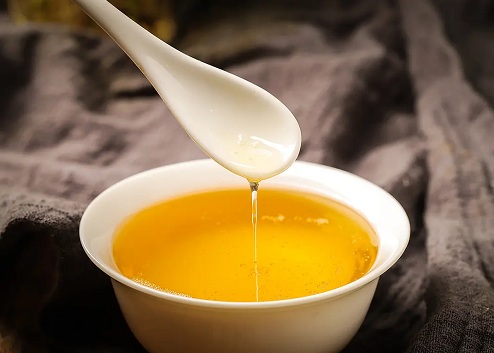SunSirs: China Edible Oil Market weakened comprehensively in the First Half of 2023
July 11 2023 10:27:00 SunSirs (Selena)
According to the Commodity Market Analysis System of SunSirs, in the first half of 2023, the oil and fat sector saw a comprehensive decline, with the three major plant oils falling concesively. In the edible oil sector, rapeseed oil declined the most, with a decline of nearly 30%; Soybean oil fell by 15.98%; palm oil increased by 9.31%.
Rapeseed oil: In the first half of the year, the market of Rapeseed oil fell continuously for five months. In June, the market rebounded, with an overall decline of 29.85%. From January to May, the quantity of imported rapeseed oil significantly increased, the supply of rapeseed oil was loose, inventory was high, and combined with the entry of national reserve auctions into the market, multiple bearish pressures suppressed. The rebound of rapeseed oil market was weak, and it continued to decline weakly, with a decline of nearly 40%. In June, the market of Rapeseed oil gradually recovered, the external price of oil and fat rose, Zhengzhou rapeseed oil rose with the market, and the spot market of Rapeseed oil rose by more than 14%.
Soybean oil: In the first half of the year, the soybean oil market rebounded weakly, with an overall oscillation and decline of nearly 16%. After New Year's Day, during the Spring Festival, most Soybean oil plants shut down for maintenance, the supply of soybean oil became tight, and the market remained firm. After the holiday, soybean oil continued to run at a high level due to the pull of external oil. Starting from March, the import of raw material soybeans to Hong Kong has increased, with loose supply and multiple bearish factors weighing down. The soybean oil market has started a continuous oscillating decline mode, with prices falling continuously until the end of May, with an overall decline of over 26%. In June, soybean oil rebounded and the market rose by over 10%.
Palm oil: In the first half of the year, the palm oil market was dominated by weak oscillations, with an overall decline smaller than that of soybean oil. After New Year's Day, the market for palm oil in Mapan has significantly declined, while the domestic palm oil market has also declined. After the Spring Festival, the external palm oil market rose, boosting the domestic palm oil market to recover. Starting from March, the demand for terminal oils has weakened, and the external market has continued to decline. The palm oil market has started to decline, and a rebound has started in mid year. Due to the Malaysian palm oil entering the production cycle, the overall oscillation and decline of palm oil remain the main trend after the rebound. In June, palm oil saw an upward trend supported by external market conditions, with a 7.25% increase.
SunSirs agricultural product analysts believe that the main reason for the weakening of the oil and fat sector in the first half of 2023 is the loose supply side, weak terminal demand, and the overall decline of the external market. Multiple bearish pressures have dampened the overall oscillation and decline of the oil and fat sector. In the second half of the year, the weather theme of the third quarter is still in the outside market, and the futures market is expected to get better. In addition to the peak oil consumption season in the fourth quarter, the rigid demand support, the market of soybean oil, palm and rapeseed oil may rise in oscillation.
If you have any questions, please feel free to contact SunSirs with support@sunsirs.com.
- 2026-01-06 SunSirs: Analysis of the Sudden Price Reduction in US Soybean Oil Exports
- 2026-01-06 SunSirs: China Rapeseed Oil Imports Decrease by 16.8% in November 2025
- 2026-01-06 SunSirs: External Factors May Boost Edible Oil Prices
- 2026-01-05 SunSirs: Agricultural Products Industries Bulk Commodity Intelligence (January 5, 2026)
- 2026-01-05 SunSirs: Malaysia's Palm Oil Exports Decreased by 5.2% to 5.8% Month on Month in December 2025



